Premium Only Content
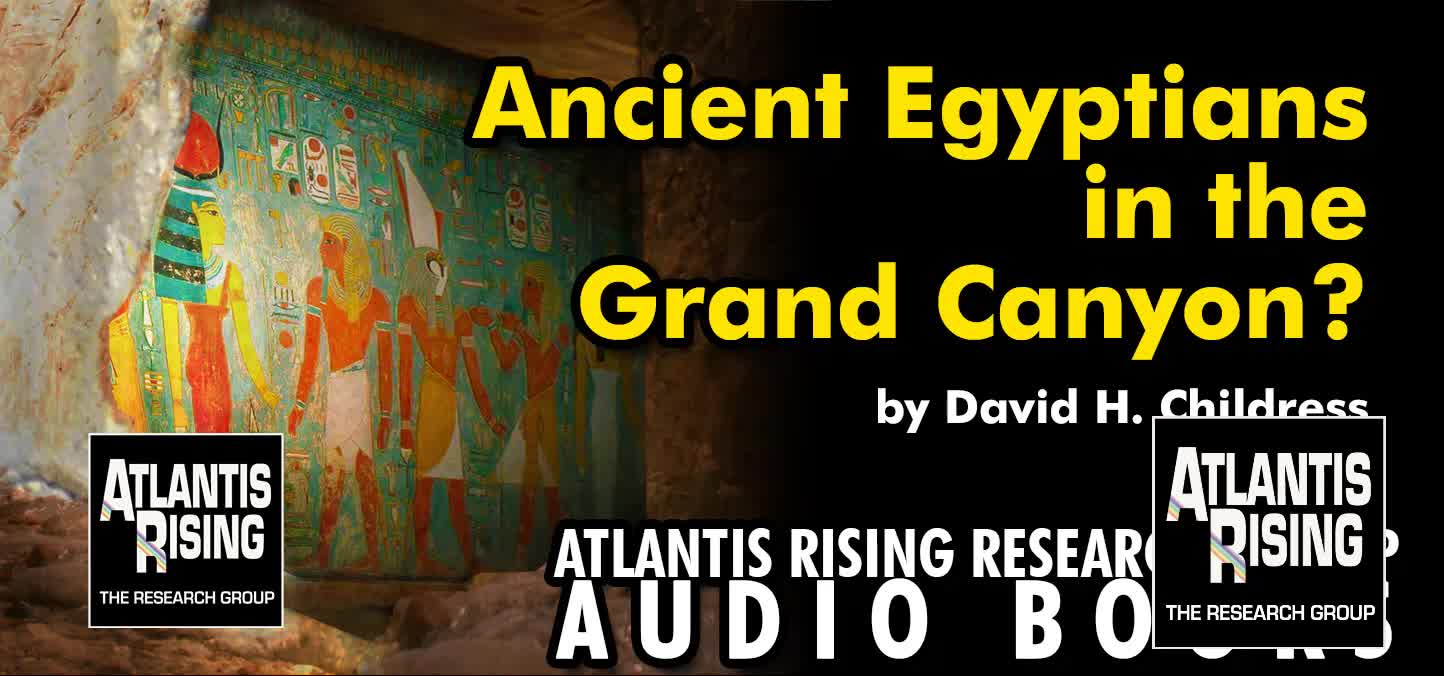
Ancient Egyptians in the Grand Canyon? Atlantis Rising Magazine
Visit Atlantis Rising Research Group at https://www.atlantisrising.com/
Ancient Egyptians in the Grand Canyon?
by David Hatcher Childress
Did an Egyptian navy cross the Pacific or Atlantic and come to Arizona? Could they have left an Egyptian tomb in the Grand Canyon, something similar to those found in the Valley of Kings near Luxor, Egypt? Strangely, an article published on the front page of the Phoenix Gazette on April 5, 1909, claimed that just such an Egyptian rock-cut cave was found.
While many mummies have been discovered in Egypt, very few were in pyramids—and those that were have been dated from the later historical periods. The older pyramids dating from the early dynasties (or before!) show no signs of funerary use. Mummies in Egypt are most often found in rock-cut tombs in desert canyons, often featuring tunnels going deep underground with various rooms and passageways along the way. Multiple mummies are often found in one tomb, and the crypts of the wealthy and royalty were filled with precious items and everyday necessities to ease the dead person’s continued existence in the afterlife.
According to the Phoenix Gazette story, a necropolis of mummies and artifacts similar to an Egyptian tomb was found in the Grand Canyon. An explorer named G. E. Kinkaid, it was reported, uncovered a series of catacombs complete with statues, swords, vessels, and mummies in 1908 (the exact date of the discovery is not given). As we shall see, Kinkaid may not have been the first explorer to have seen this “cave.” The account of Kinkaid’s adventure was reproduced as a chapter entitled “Citadel of the Grand Canyon” in Joseph Miller’s 1962 book Arizona Cavalcade.
The Phoenix Gazette article starts with four headlines and then continues through a most amazing account.
So what became of the artifacts described in the article? What became of Jordan? Did he return to the Smithsonian in Washington D.C. and disappear with all the records of his discovery? Has there been some archaeological cover-up reminiscent of the last scene in the movie Raiders of the Lost Ark, where the Ark of the Covenant is placed inside a crate in a giant warehouse never to be seen again?
It has also been suggested that while the discovery perhaps was real, the archaeologists working for the Smithsonian were not. These men may not have been working for the Smithsonian Institution out of Washington D.C. at all, but merely claiming to do so. Could this have been a cover-up for an illegal archaeological dig that was raiding the ancient site and claiming legitimacy from a very distant institution. It would have been very difficult indeed, in 1909, to check on the credentials of the archaeologists.
The Secret Catacombs of Mummies on the Little Colorado
In the small town museum of Springerville, Colorado, I came across several intriguing newspaper clippings, including one of particular interest from the Los Angeles Times-Washington Post news service. It describes how the archaeologist John Hohmann, now closely associated with the Casa Malpais site, had rappelled down a rope into a fissure of basalt in July of 1990 and had discovered an intricate series of passages and rooms that had been modified by the mysterious “Mogollon culture” into underground tombs for the internment of the dead. The remains of these people were apparently mummified, possibly naturally by the dry climate.
-
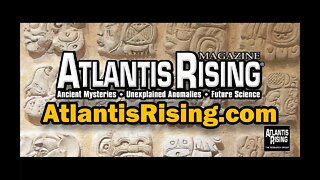 0:19
0:19
Atlantis Rising Research Group
2 years agoJoin the ATLANTIS RISING RESEARCH GROUP!
1.29K2 -
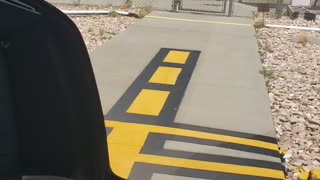 6:57
6:57
jaybennytee
4 years ago $0.01 earnedGrand canyon
254 -
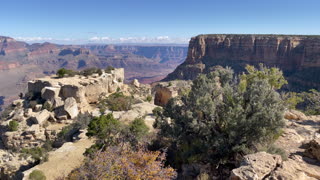 1:11
1:11
Tony Schinella's Video Channel
3 years ago $0.01 earnedGrand Canyon October 2021
184 -
 1:35
1:35
WildNatureLover
4 years ago $0.01 earnedGrand Canyon Helicopter Tour
1201 -
 0:23
0:23
Children's Toy Channel
3 years agoGrand Canyon Express Toy Train
85 -
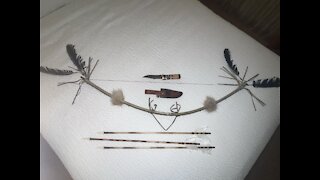 0:12
0:12
Alex900931
3 years agoGrand Canyon 2/3 09/26/2021
83 -
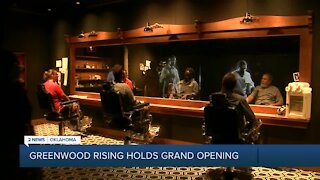 1:06
1:06
KJRH
4 years agoGreenwood Rising Grand Opening
44 -
 4:44
4:44
VintangeC3hammer
4 years agoGrand Canyon 2012
122 -
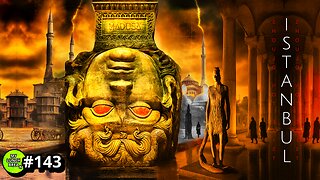 23:23
23:23
MYLUNCHBREAK CHANNEL PAGE
20 hours agoIstanbul Should Not Exist - Pt 1
23.4K20 -
 1:27:40
1:27:40
Jeff Ahern
4 hours ago $7.21 earnedThe Saturday Show With Jeff Ahern
64.4K24